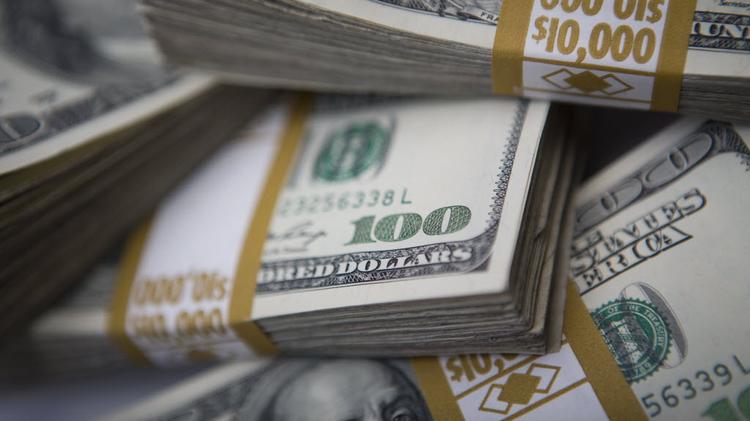Conventional wisdom / street knowledge is that Wall Street and their crazy and risky financial instruments was not solely to blame for the financial crash from which we are still picking our way out of (even as Obama keeps erecting more and more obstacles in that pathway). Over at The EnterpriseBlog, James Pethokoukis (a highly respected economics journalist) plucks 11 “stunning revelations” from a formerly secret document that Larry Summers (former head of Obama’s economic advisors, and was advising him during the campaign). The 11th was what caught my eye (James takeaway followed by an actual quote from the Summer’s document):
11. The financial crisis wasn’t just Wall Street’s fault.
A significant cause of the current crisis lies in the failure of regulators to exercise vigorously the authority they already have.
Not to take away any shame or malfeasance by Wall Street, this is a stunning admission from someone who became “the Obama Administration’s economic insider”. This statement can also be placed not only on the Wall Street regulators but also the two GSEs (Government Sponsored Entities) Fannie Mae and Freddie Mac. Obama’s main thrust has been to advocate and regulate more rules by government over the financial sector. Yet, little has been admitted by the Obama Administration (and other Democrats like Barney Frank) in terms of Government malfeasance. But then again, to do so would undermine Obama’s own philosophy and core belief – how could the Progressive State be allowed to “guide” and regulate the lives of all of us if it itself cannot regulate itself? What is the sense of adding more and more regulations if the State (e.g., the Feds) could not even credibly enforce what was already on the books? If that last question holds true, Obama and the rest of his pathetic pack of Progressives have only a chasm of platitudes instead of a valid political philosophy. If true, on what basis can they credibly state:
“trade your individual freedom for our equality enforced upon all – after all, we know better!”
Quick Summaries after the jump:
Read more
